Over the weekend, an intriguing rumor bubbled up from several sources that Russia’s top military officer, General Valery Gerasimov, had been wounded in a Ukrainian artillery strike on a Russian command post in the Izium salient west of Kharkiv (Mysterious Ammunition Dump Explosion Rocks Russia and Did Ukraine Nearly Kill Russia’s Top Military Officer?). Gerasimov was at a frontline command post because Russian President Vladimir Putin had shaken up the command structure of his invasion of Ukraine and made Gerasimov the field commander (Russian Army in Ukraine Undergoing Major Command Shake-Up, Sources Say). There have been contradictory reports on whether Gerasimov was wounded or if he was even in the command post during the artillery strike, but Gerasimov has not been seen in public since the reports.
Ukrainian sources are claiming this artillery strike on a 2nd Army Russian command post near Izyum, Kharkiv Oblast, killed Major General Andrey Simonov.
It's yet to be confirmed by Russian sources but it's significant they named a specific general. pic.twitter.com/bohq0iX56G
— Jimmy (@JimmySecUK) April 30, 2022
Even if he’s not wounded, a staff REMF like Gerasimov probably suffers from fecal incontinence and an aversion to loud noises after the experience. One confirmed fatality in this artillery attack was the head of all electronic warfare troops for the Donbas campaign, Major General Andrei Simonov. This is damned ironic as the cause for the destruction of this command post was almost certainly it being located by Signals Intelligence (SIGINT) and Electronics Intelligence (ELINT).
Just a week before Gerasimov was targeted, another Russian headquarters on the other side of the battlefield was also hit by artillery and wiped out.
Ukraine’s military intelligence says Ukraine hit the field headquarters of Russia’s 49th Army, “located against military principles and common sense” near the frontline in Kherson region, killing two generals. No independent confirmation so far. pic.twitter.com/gwalM6fAW3
— Yaroslav Trofimov (@yarotrof) April 23, 2022
Indeed, one of the hallmarks of this war has been the fatality rate of Russian generals.
You have to go back 80 years to find a remotely comparable attrition of Russia's senior officers
— The Economist (@TheEconomist) April 21, 2022
THE WAR was nearly over, Yakov Rezantsev assured his troops on day four of Russia’s invasion of Ukraine. That was a month ago. On March 25th the lieutenant-general, commander of Russia’s 49th Combined Arms Army, was reportedly dead, killed in a strike near the city of Kherson. Ukrainian officials say he was the seventh Russian general to die in action in Ukraine; Western ones agree. Russia has not confirmed this, and the tally has not been independently verified. But it is clear that the country’s top brass are suffering unusual attrition. Why?
General officers—in most armies, those who rank higher than colonel or brigadier—typically command big formations, like divisions and corps. Those formations need to be run from large headquarters, which tend to remain out of artillery and rocket range and thus a greater distance from the frontlines. That usually puts generals in a safer position.
America lost nine generals in combat in Vietnam, though that was over 20 years rather than a few weeks, and most died when their helicopters were shot down. In the past two decades of war in Afghanistan and Iraq, just one American general died—and he was shot by an Afghan soldier. Even during its bloody occupation of Afghanistan in 1979-89, the Soviet Union is thought to have lost no more than six generals in the first six months of war.
You have to go back 80 years to find a remotely comparable attrition of senior officers. During the second world war around 235 Soviet generals were killed in combat, according to “Fallen Soviet Generals”, a book by Aleksander Maslov (over 200 more died in other ways). Even then, during the worst period—from June 1941, when Germany invaded the Soviet Union, to November 1942, when the Red Army encircled the Wehrmacht at Stalingrad—an average of just under six generals were killed per month, about the same as the current toll.
The article goes through the usual litany of reasons. Leadership in the Russian Army is feeble, and to make anything happen, the general has to be on the scene. This forward positioning leaves them very vulnerable to attack. The Russians are using unsecured cell phones for command and control purposes because their multi-billion ruble secure mobile subscriber network doesn’t work when mobile and outside of Russia. To that list, I would add that Russian headquarters units don’t participate in field exercises as units subject to air, ground, artillery, and cyber attacks. As a result, they didn’t practice those survival skills in peacetime, getting the headquarters units killed in wartime. Generals, as a rule, have to spend time at their headquarters if they are to command. If the headquarters makes itself vulnerable by sloppy operations, the general becomes vulnerable, too.
It isn’t only the generals. In an army so dependent upon senior officer involvement in the minutiae of military operations, the losses of the 36+ colonels and an uncounted number of lieutenant colonels and majors probably account for much of the lethargy that has come to characterize Russian military activities.
The New York Times, however, offers an alternative explanation. The deceased generals weren’t done in by being too close to the front or by poor Operational Security (OPSEC); they were done in by the “fat-asses-wear-glasses” set at Langley: U.S. Intelligence Is Helping Ukraine Kill Russian Generals, Officials Say.
The United States has provided intelligence about Russian units that has allowed Ukrainians to target and kill many of the Russian generals who have died in action in the Ukraine war, according to senior American officials.
…
The targeting help is part of a classified effort by the Biden administration to provide real-time battlefield intelligence to Ukraine. That intelligence also includes anticipated Russian troop movements gleaned from recent American assessments of Moscow’s secret battle plan for the fighting in the Donbas region of eastern Ukraine, the officials said. Officials declined to specify how many generals had been killed as a result of U.S. assistance.
The United States has focused on providing the location and other details about the Russian military’s mobile headquarters, which relocate frequently. Ukrainian officials have combined that geographic information with their own intelligence — including intercepted communications that alert the Ukrainian military to the presence of senior Russian officers — to conduct artillery strikes and other attacks that have killed Russian officers.
What is amazing is the people behind this leak have either put the perceived benefit to their organization above national policy, or they are trying to nudge the United States into a more direct role in Ukraine. Because the same thing that stood out to the reporters for this piece also stood out to me the moment I read the headline.
Officials interviewed for this article spoke on the condition of anonymity to discuss details of the classified intelligence being shared with Ukraine.
The administration has sought to keep much of the battlefield intelligence secret, out of fear it will be seen as an escalation and provoke President Vladimir V. Putin of Russia into a wider war. American officials would not describe how they have acquired information on Russian troop headquarters, for fear of endangering their methods of collection. But throughout the war, the U.S. intelligence agencies have used a variety of sources, including classified and commercial satellites, to trace Russian troop movements.
While I generally think Vladimir Putin should be told to take his feelings and stuff them where the sun doesn’t shine, I don’t see the value in providing intelligence assistance to the Ukrainians that enable them to kill Russian generals willy-nilly and then crowing about it in public. That doesn’t make sense and for an administration that remains scared sh**less that giving Ukraine obsolescent Soviet-era fighters might be seen as escalatory, boasting about your role in killing senior Russian officers is mindboggling.
The leakers were quick to steer the conversation away from Gerasimov with a “sure we arranged the hits on some Russian generals but we didn’t have anything to do with nearly killing THAT Russian general” brush-off.
Not all the strikes have been carried out with American intelligence. A strike over the weekend at a location in eastern Ukraine where Gen. Valery Gerasimov, Russia’s highest-ranking uniformed officer, had visited was not aided by American intelligence, according to multiple U.S. officials. The United States prohibits itself from providing intelligence about the most senior Russian leaders, officials said.
But American intelligence was critical in the deaths of other generals, officials acknowledged.
They are afraid of providing actionable intelligence to the Ukrainians on the movements of the Chief of the General Staff of the Russian Armed Forces and First Deputy Defence Minister; they would violate Executive Order 12333 and its prohibition on assassination.
It didn’t take long for the Biden White House to respond.
Defense Department Spokesman John Kirby.
Kirby is not specifically saying that the New York Times story is false, either … https://t.co/iMRRbf65nz
— Jack Detsch (@JackDetsch) May 5, 2022
National Security Council Spokeswoman Adrienne Watson.
So admin saying: “Yes, we give intel to Ukraine that can lead to the deaths of Russians etc etc. but US doesn’t give intel *expressly* for the purpose of killing Russian generals.”
— Alex Ward (@alexbward) May 5, 2022
More simply put: The US provides Ukraine intelligence to help kill Russians. But the US doesn’t provide intel for the specific purpose of killing a certain general.
At least that’s what the admin is saying.
— Alex Ward (@alexbward) May 5, 2022
Both Kirby’s and Watson’s responses were labeled as non-denial denials by the press. That assessment is true, and it also hints that the story may be more true than false.
Some initial thoughts before moving on. First and foremost, why is someone in the Intelligence Community doing this? I’ve previously posted on the insatiable desire of our Intelligence Community to force themselves into stories when their best play would be just to shut up. Sometimes their desire for adulation by the media leads to clownish behavior, like in this post Did the Intelligence Community Just Take Credit for an Event That Never Happened?.
In this case, I’d guess that some part of the Intelligence Community wants to puff up its role in the war. The reason they want to puff up that role is going to be turf-driven and budget-driven. There is no good reason for disclosing our actions. Never forget that leaks like this can virtually always be explained by consulting Pournelle’s Iron Law of Bureaucracy.
Pournelle’s Iron Law of Bureaucracy states that in any bureaucratic organization there will be two kinds of people”:
First, there will be those who are devoted to the goals of the organization. Examples are dedicated classroom teachers in an educational bureaucracy, many of the engineers and launch technicians and scientists at NASA, even some agricultural scientists and advisors in the former Soviet Union collective farming administration.
Secondly, there will be those dedicated to the organization itself. Examples are many of the administrators in the education system, many professors of education, many teachers union officials, much of the NASA headquarters staff, etc.
The Iron Law states that in every case the second group will gain and keep control of the organization. It will write the rules, and control promotions within the organization.
Another and most dangerous possibility is that there are people in government who are trying to push Biden and his minions into taking a more aggressive stance toward Russia. But, since they can’t move Biden in that direction, they’ve decided to goad Putin into making the first some in escalating the war beyond Ukraine.
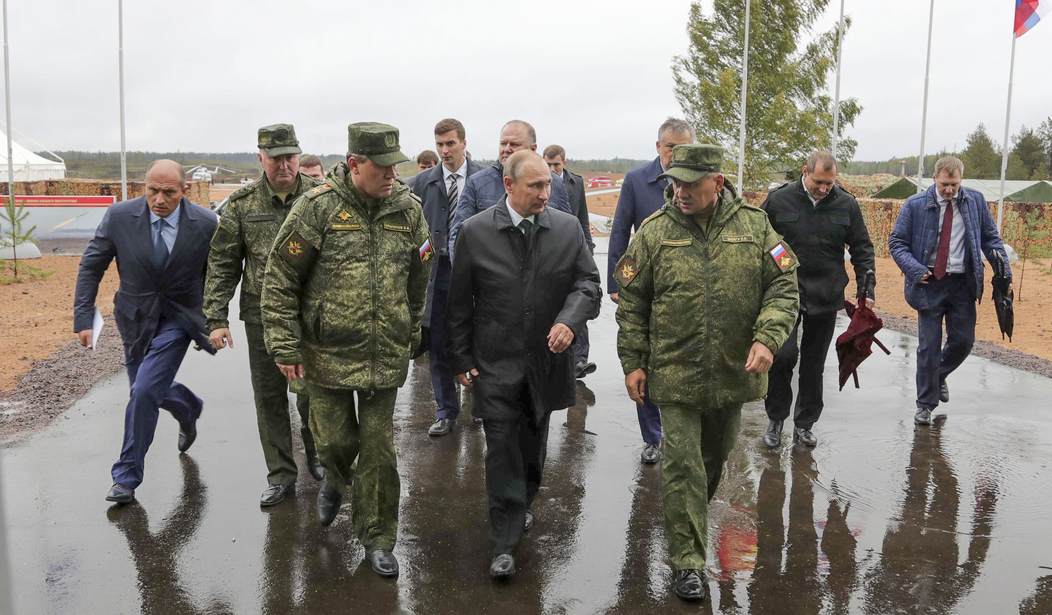


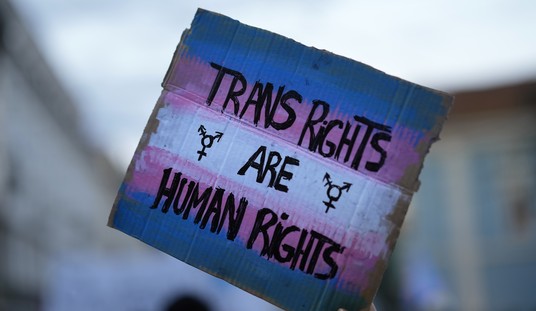

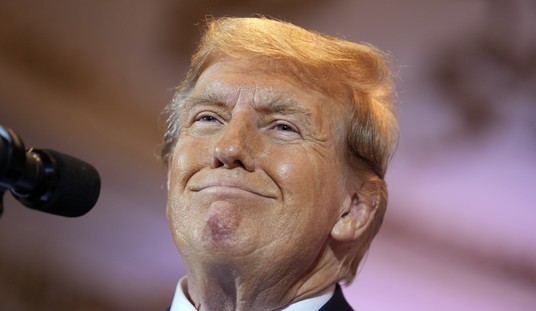

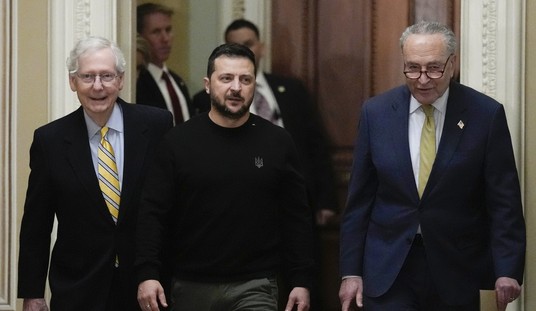


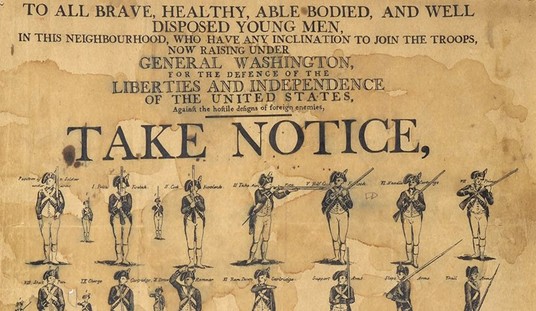

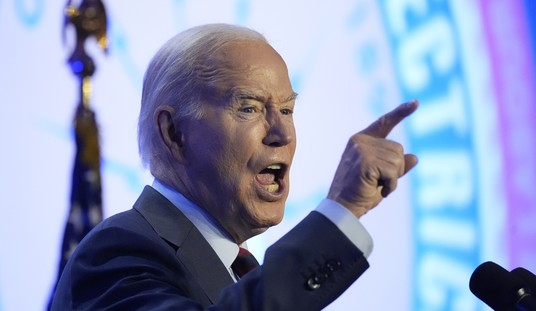

Join the conversation as a VIP Member